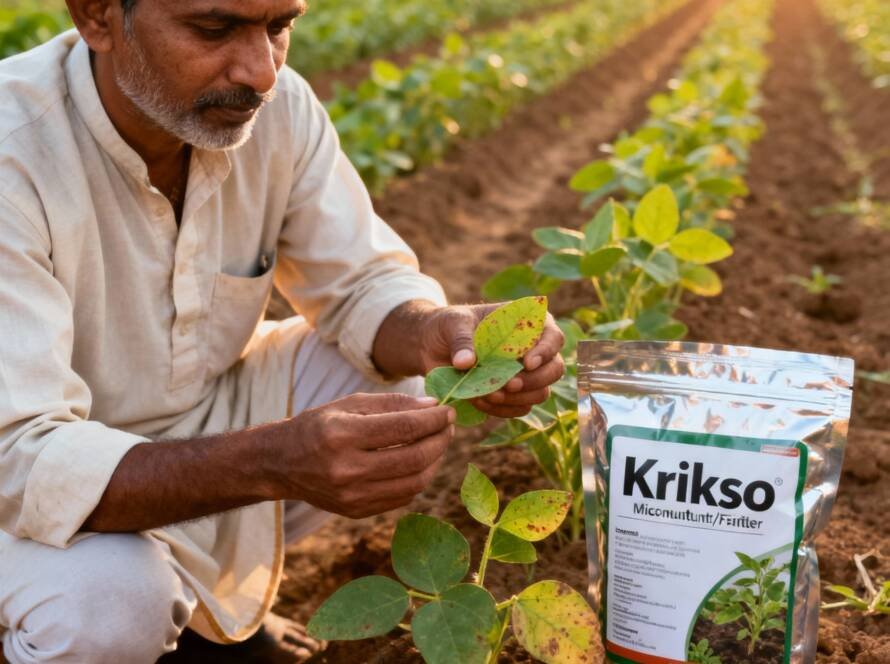White Musli (Chlorophytum borivilianum) is a high-value medicinal herb renowned for its adaptogenic and aphrodisiac properties. It has strong demand in Ayurvedic medicine, herbal supplements, and nutraceutical industries, making it highly profitable for farmers who can manage cultivation carefully and efficiently. Proper farming techniques can ensure high-quality roots, while other plant parts and by-products can be utilized to maximize income.
Why White Musli Farming is Profitable
- High Market Demand – Used in Ayurvedic formulations, herbal powders, and supplements.
- Premium Pricing – Roots command high prices due to medicinal properties.
- Long Shelf Life – Properly dried roots can be stored and marketed year-round.
- Multiple Uses – Roots for medicine, leaves for compost or herbal teas, residues for animal feed or mulch.
Step 1: Site Selection and Soil Preparation
- Ideal soil: loamy, sandy, well-drained, rich in organic matter, pH 6–7.
- Avoid waterlogging, as roots are susceptible to rot.
- Enrich soil with compost and organic manure before planting.
- Prepare raised beds or ridges to improve drainage and root development.
Step 2: Propagation and Planting
- White Musli is propagated using tubers or seeds, though tubers are preferred for faster growth and better yield.
- Plant tubers 10–15 cm apart in ridges or raised beds.
- Cover lightly with soil and mulch to retain moisture and protect tubers.
Step 3: Irrigation and Fertilization
- Irrigate moderately, maintaining moist but not waterlogged soil.
- Fertilize with organic manure and balanced NPK fertilizers for optimal root growth.
- Use compost or vermicompost regularly to enhance soil fertility and tuber quality.
Step 4: Weed, Pest, and Disease Management
- Mulch beds to reduce weed growth.
- Common pests: nematodes and aphids.
- Diseases: root rot and fungal infections; prevent with well-drained beds and crop rotation.
- Use organic biopesticides to maintain medicinal quality.
Step 5: Harvesting
- Harvest after 12–18 months, when roots reach maturity.
- Carefully dig to avoid damaging tubers.
- Wash, sort, and dry roots under shade for storage or sale.
Step 6: Maximizing Profit from Every Part of White Musli
- Roots – Primary product, used in Ayurvedic medicines and herbal supplements.
- Leaves – Can be composted or used to make herbal teas.
- Stems and Residues – Converted into organic manure or animal feed.
- By-products – Roots and tuber residues can be used to extract saponins for nutraceuticals.
By using every part of the plant, farmers can increase profitability and reduce waste, making White Musli a highly lucrative medicinal crop.
Krikso India Support for White Musli Farming
- Certified Tubers and Seeds – High-yield, disease-free planting material.
- Fertilizers and Organic Inputs – Tailored for medicinal crops to enhance root quality.
- Irrigation and Soil Management Solutions – Efficient water use and improved soil fertility.
- Technical Advisory Services – Expert guidance on propagation, pest management, and harvesting.
- Market Linkages – Access to buyers in herbal, Ayurvedic, and nutraceutical industries for guaranteed income.
With Krikso India’s integrated support, White Musli farmers can achieve high-quality roots, maximize yield, and ensure profitability, establishing a sustainable and lucrative medicinal crop enterprise.



